Day and night
Singapore, 19th March 2014
One of the inevitable things with day light is that at the end of the day it turns into the night! Your living or work place then has to cope with the reverse situation where somehow light and dark are interchanged. Instead of light coming from the sky, light is coming from the ground…I generally work late hours so after having worked with daylight (bright windows) during the daytime, this gradually reverses into night time with a dark window spruced with some sporadic lighting points here and there. I have more difficulty in looking out as now my room is brighter then outside and hence my window acts like a mirror resulting at me mostly looking at myself rather than looking outside.
In any lighting design this dual mood and ambience need to be considered and because they are often total opposites, the approach to lighting, specifically when you are in charge of creating the lighting for booth inside as well as outside, can be quite challenging but exciting. This is why we often insist with our clients that we be involved with both interior as well as with exterior lighting. In a way we include the outside in our conceptual thinking for the inside and vice versa.
This may not be so apparent when you walk the streets of the city where the street lights are generally developed as a stand alone design, but when you scratch a bit deeper you will realise that even in urban lighting design there is (supposedly!) significant consideration for how the street or urban lighting will be affecting people in their homes. Whole lighting standards have been written about the obtrusive effects of lighting…
I came to this subject as earlier I was brain storming about a lighting approach for a massive urban structure located in the middle of a garden, surrounded by high rise buildings. Any lighting design of this dome shaped structure will need to consider the environment and most of all the impact on the people occupying the surrounding buildings. I think I got an answer, but too early days to share with you… 🙂
Light Watch 5-46: Cities take on a whole new dimension at night whether you talk about the little wandering streets of Santorini in Greece, the canals in Venice or the big city streets of New York and Paris…
Day lighting
Singapore, 18th March 2014
I mentioned in my blog yesterday that in my search for a suitable office space, the availability of natural day light is imperative. I can’t work in an office space devout of day light. I need that feedback about whether the sun shines, it rains, it is cloudy. I don’t mind being locked up in a windowless space for a little while for meetings and the like, but as my permanent work space I need my window of daylight, similar as I need my “daily dose” of daylight with my walks.
While I am typically a designer of artificial lighting and lighting effects, one of our acquired skills has to be how best to work with daylight minimising the artificial lighting (energy/cost saving) in the process. We are not typically trained as daylight specialists but it is a skill that we learn along the way to an extent that we can often aid and assist architects in designing spaces with a maximum in daylight. It comes with a lot of tricky “accessories” like heat and glare management, but it is a dialogue that we should always have and develop with the lead consultant. Likewise this discussion is also important with the interior designers as they may design blinds and curtains that not necessarily support maximising daylight use.
Unfortunately we are often brought into the piece when building designs are already completed, structures are fixed and if you are really unlucky, the whole interior design already locked in and approved. That makes our lighting design an add-on, not really ideal and turning back the design to improve daylight conditions are not always accepted with joy from the consultants who in their eyes had already completed and finished their work to approval. We often encounter big reluctance from the lead consultants to change anything at a later stage when it comes to improving lighting conditions. Not only because it incurs additional work but also because it may incur additional or a variation of costs…yet as a professional lighting designer it is our task to highlight these things to the client who has employed us whether the rest of the team like it or not. It just reinforces the point that it is never too early to engage a lighting designer! Daylight or not…
Light Watch 5-45: Creating daylight spaces can result in some interesting spaces and designs…
Office space
Singapore, 17th March 2014
It’s that time again…we have been gradually growing to the point that we are now looking for a new office…On one hand I like to move (the excitement of the new) on the other hand I dread it (I have moved a lot in my life!). I like my little comfort zone, my little familiar office from where I have been working for the last 10 years or so. But as we grow as a company, we need a bit more space and we have started to look around for a suitable space. As I am used to this area I am actually looking around here…but should I? One of my driving motives for all my offices has been that I need to live myself either in the office (home office concept) or within a stone’s through from the place. I travel enough as it is so it is absolutely imperative for me to have the office within a few minutes away from where I live.
While the home office concept has always been good to me (and a cost efficient solution to say the least) maybe it is time to move to a new environment. It needs to be a space that can accommodate the staff comfortably as well as providing a good space to meet and some space to play around with lighting. It is always a difficult decision as you know what you have but you don’t really know what you will get. There is always an amount of uncertainty involved with any change, so you go with the vibes. Obviously location is also crucial and proximity of public transport, eating facilities and shops.
For me one of the important issues is the flexibility and openness of a space. I don’t really like enclosed spaces and certainly want to have a good dose of daylight. Things such as colours and material finishes can be dealt with, but not basic structures. The office will also need to represent the corporate identity of the practice and make all of us proud…decisions, decisions….
Light Watch 5-44: Offices are often characterised by their reception. Here are a few for inspiration:
The diplomacy in lighting design
Perth, 14th March 2014
This is an issue that not many of us realise but can be critical to the success of every project. Besides being creative beings we lighting designers also need to have a healthy dose of diplomacy in us to navigate the relationships with clients and project team. It is not a matter of just being nice, it is often just a matter of being respectful and diplomatic with the aim to find solutions that not only satisfy us but most of all the client. In the end the client is king, they hire us to get something and even though we might not fully agree or have different recommendations, we cannot enforce something if the client does not see it or cant associate him or herself with it. But the same goes for us, if we cannot reconcile ourselves with the outcome on professional grounds, then we can distance ourselves from it and in some case even remove ourselves from the project if needed. Most of the times this happens more or less “naturally” as communication dries up, you are no longer invited to meeting and the client stops paying your fees in dis-satisfaction.
Diplomacy is the key word to all success stories from my experience. This means not just riding your high horse, but being very mindful what the client actually wants (or understands!) in other words listen and clarify your position or recommendations until he or she does understands. If you are not able to convince your client or reversely you are not able to understand or appreciate your clients desires then it is unlikely that a satisfactory outcome for the project will be reached, not for your client and not for you. I know from experience that there are hopeless cases, where you will never reach a consensus, but as I experienced over the past few days again in my projects finding a middle road can create very happy clients! Lighting design is often a compromise between what we would love to do and what is realistically (economically) possible.
Light Watch 5-43: Diplomacy is often related to relations between countries, but in many events the countries pride, the national flag is used as expression. Here are a few events using the national flag…or the Olympic flag for that matter…
The demise of the PLDA
Perth, 13th March 2014
I guess the 13th is as good as any day to blog about the demise of the PLDA. It is now inevitable that the PLDA (Professional Lighting Designers Association) as we know it has found its end. A bitter dispute between its original founders and the board of directors of the PLDA has come to a point where the PLDA is no longer in a position to fight its further existence. I am not going to be drawn in the argument of right or wrong I just observe that as a proud PLDA member my organisation has collapsed under the legal pressure of the dispute that has been dragging on for months if not years. It all started a few years ago now when a report was presented (I believe by the late Jonathan Spiers) recommending the separation of the PLDA organisation from its “parent” company Via-Verlag. The underlying thoughts were that the PLDA had grown into a mature organisation that should be able to operate independently and that most of all separation would eliminate any possible conflict of interest in running the two organisations under one umbrella.
As an outsider not privy to all internal discussions and even less privy to all financial matters related to the running of the entities, logic dictates that there are probably pro’s and con’s to these views and I can just wonder in agony why both parties have not managed to come to an amicable and workable solution, knowing how much everyone in their hearts have such passion for our profession and how much all of us have put time and efforts each in their own ways to establish the profession of lighting design as a respected and now accepted professional business. Unfortunately it seems that personal agendas have taken precedence over common sense, but regardless of the rights and wrongs and without taking sides, the definite result is the imminent demise of our organisation. With the circle of sponsors also cutting its ties it has become clear that the current PLDA has no longer a legitimate base to continue.
There have been talks and explorations of merging the “remains” of the organisation with the IALD (International Association of Lighting Designers) but one can wonder how this can result in any satisfactory solution if it just means transferring your accreditation from one association to another. Other than taking over the PLDA members, there seems little interest at this point from the IALD to take over and continue all the good work and good will that has been done by the PLDA over the years. Perhaps a case of too much to chew at this stage…let’s hope and pray that all the good work will not go to waste…
Light Watch 5-42: All members of the PLDA received a letter from the PLDA board this week explaining the current situation and the inevitable demise of the PLDA organisation as a result.
Below please find the letter.
Rules and regulations
Perth, 12th March 2014
More than any country, Australia seems quite strict with its rules and regulations. In order to execute work at nearly every level of construction and installation you have to make sure you comply with the local rules and regulations. You would say, well, isn’t that everywhere like that? My feeling is no and that is just from personal experience and working both in Asia as well as in Australia. It is only here in Australia that I am being confronted time and again with having to conform to rules and regulations or having to open the proposals to the scrutiny of the local community to allow public feedback or to submit for instance to the heritage council for approval. I am working on several projects here that are full of this. When preparing the budget estimates for one of my projects in the city centre I have to allow for the application of building permits and possible traffic management. But even the potential need to work overtime (not really overtime, but time outside normal working hours such as at nights or in the weekends) something that certainly happens frequently with lighting projects, may need at time the approval of workers unions. You need to assure that you have the necessary valid public liability and professional indemnity insurances to cover for any eventualities. Rules and regulations, it definitely feels this is far more stringent here than anywhere else in Asia. In fact I hardly ever get hung up with these kind of issues in Asia. The only thing at times that are being required is a professional indemnity insurance, but even that happens only occasionally. Not that we don’t have one, on the contrary, it is something that we feel we absolutely need to have if only for the protection of ourselves and for the peace of mind of our clients. It is listed as part of our terms and conditions in our contract proposals.
It is just interesting to see how much time is spent here in Australia dealing with this kind of “rules and regulation compliance” compared to Asia where it hardly ever figures on any project agenda when it comes to lighting design. This could be because the profession of lighting design in Australia is perhaps more mature and that as such any professional company needs to comply to the rules and regulations for companies involved in the design, supply and installation/ construction. In Asia lighting design is perhaps less accepted as a profession and hence less required to comply with anything. That part is covered by the more established professions like architects and electrical consultants.
Light Watch 5-41: How things change over the years…here is a look back into some advertising lighting history…
Light projection
Perth, 11th March 2014
Playing (and experimenting) with light is really one of the magical things we do as lighting designers. Today one of my meetings was with an artist with whom we are working to develop an artwork that is typically driven by lighting as a key component. We have worked together on some artworks now and we both enjoy the process of design and developing the concept to something magical. The art wall is basically a curtain wall structure at street level that separates the private interiors of a residential complex and the public exteriors of the neighbourhood. The idea is to use double layered coloured glass with art patterns sandwiched in between, that lets daylight in during the day and that projects artificial light out during the night. By treating the glass with artistic patterns we get magical pattern projection to the inside during the day and to the street side during the night. By using coloured glass we add the magic of colour to the lighting effects.
Today we experimented with light, the intensity and lenses to establish the best way to create the effect. From there we can establish the best locations, ways to install, the necessary electrical planning, the lighting controls and last but not least the budget and building installation schedule. In the end the last two are critical to get the project completed on time and on budget! It was fun playing around today.
Light Watch 5-40: Here are some pictures of the actual testing as well as some other images related to the effect we are trying to establish…
Air travel
Perth, 10th March 2014
With the mysterious disappearance of a Malaysian commercial airliner en route from KL to Beijing, you do wonder what’s going on at times. With all modern technology, how is it possible that an airplane just disappears from the air, of the radar and despite 40 odd planes and ships looking for it not a trace can be found…how come with all the spy technology (ref Edward Snowden) they can’t even locate the position…I find that hard to comprehend. Then how is it possible that two people can board the plane on stolen passports when these passports are listed as missing on Interpol’s list of missing passports! It apparently takes seconds to cross reference that in the international passport database. Does not give you much confidence that all these security checks they make you go through every time you take a flight actually work!
Despite the worrying news about air travel, I still boarded my plane to Perth (exactly the same model as the one that disappeared over the South Chinese Sea) and went about my business as usual. Air travel is part and parcel of running my business and just because a plane went missing it does not mean that suddenly air travel is unsafe. On the contrary it is one of the safest ways of travel in the world. The point is that when it goes wrong, it is generally pretty fatal. If somebody else is involved in a fatal car crash, do you stop taking a taxi or driving your car…no not really, but you do have a heightened sense of prudence and think more carefully about the way you travel and move about. And in all honesty I am always relieved to have my two feet back on the ground after each flight.
Light Watch 5-39: It is important to travel as relaxed as possible, certainly for us frequent flying business people where we generally hit the ground running when we arrive at destination…that’s why you will understand that we highly appreciate the airport lounges where we can escape the busy airport halls and have a little relax time or doing some undisturbed work before we fly out…Singapore Airlines, generally my airline of choice has their Silver Kris lounges around the world, here are the ones from Singapore, Bangkok, Hong Kong and Sydney…they all follow similar lighting concepts that are supposed to relax you… 🙂
Singapore
Bangkok
Hong Kong
Sydney
Travelling
Hong Kong- Singapore, 7-8th March 2014
Travelling, travelling…quite a time consuming exercise. Certainly if your flight times are not very favourable you may effectively loose a whole working day even if the actual flight is only 3-4 hours. I came back from Hong Kong late yesterday afternoon and quite frankly I had hardly any energy left. I had asked my team to stay back so we could discuss and go through some urgent project issues as I am on the road again next week.
Even though I have reached a stage in my life where I am confident about the quality of our services and the level of our expertise, every time we go out to meet the client and the project team we have to prepare to the best of our ability as every time we are thrust in the limelight so to speak whether for a presentation, a report on our work progress or any other general discussion about lighting we need to present ourselves professionally and knowledgeable, after all we are the consultant the client hired to do the job so we need to be on top our work responsibility. Easier said than done of course and much if not everything goes in the preparation, physically as well as mentally.
In the end together with the travel it is the mental part that can be the most exhausting one. Subconsciously you built up mentally to the presentations, the meetings and the travelling and regardless how much time you take to be ready and prepared, you only “feel” the energy you put into it afterwards, when it is all done and (hopefully successfully) dusted. When the load is of your shoulders (even if you don’t really feel it as a load) it becomes apparent once you are back home from your travelling. You fall into a mental “coma”, generally a very satisfied one if all business and outcomes came through as hoped, and as I often experience subsequently sleep and rest a lot over the weekend…as I just did today 🙂 For now I am trying to keep work away and focus on enjoying my weekend…
Light Watch 5-38: A big part of my life is spent in airports as you can imagine with my travelling. Here are some I visit regularly on my trips around Asia (Bangkok, Jakarta, Singapore, Kuala Lumpur, Shanghai, Delhi)
Bangkok
Jakarta
Singapore
Shanghai
Delhi
Perth
Ballroom lighting
Hong Kong, 6th March 2014
One of the most complicated and complex lighting design challenges has to be the design of a hotel’s ballroom. The ballroom is generally one of the money makers of the hotel with wedding and corporate functions taking place on a daily basis. This means that the space needs to be multifunctional and super flexible. The multi-functionality is expressed by the fact that it needs to be designed to certain interior design standards/ sophistication, think decorative chandeliers, wall and floor finishes that represent and reflect the hotel’s corporate branding. The flexibility is expressed by the various lighting needs that differ from application to application, whether we light a wedding banquet, a fashion show or a corporate seminar. More complex is the fact that the room can generally be divided in 2,3 or 4 sub rooms, which means that the design has to stand its own in both the full as well as the partitioned set up.
Ceiling space is limited as many components need to find a place. In lighting alone we have 3 to 4 different layers; there are the general architectural lights, the ceiling cove lights, the specialist focusable lights and the special effects/stage/theatrical lights. On top of that we often include a series of so called set-up or maintenance lights which are low in energy and used to set up functions to save on the architectural and decorative lights. On top of the lighting we have to add any A/V (Audio/Visual) equipment, air-conditioning in and outlets, sprinklers, smoked detectors, speakers and suspension structures that allow users of the ballroom to add in draperies and other elements suspended from the ceiling.
Today I had a one on one design discussion here in Hong Kong with the interior designer of one of our hotel projects to establish how best to integrate our lighting design into the overall interior concept for the ballroom. Note that the lighting of such space is not limited to the ceiling only. Because of the often high ceilings heights (5-10m) it is important to create visual interest at eyelevel, meaning creating lighting on the verticals is also an important consideration, hence it was good to have that discussion today….
Light Watch 5-37: Here is a look at some events and dress ups that happen in ballrooms…lighting is integral to every theme…


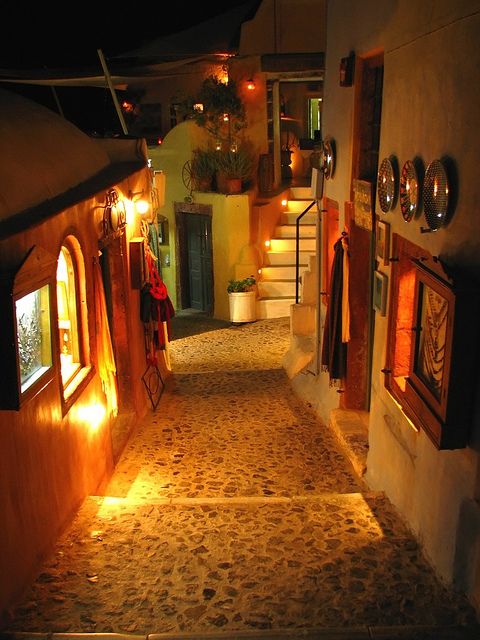

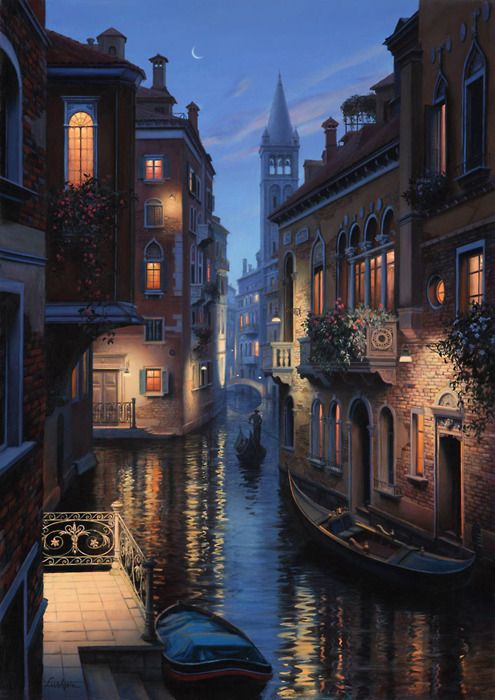
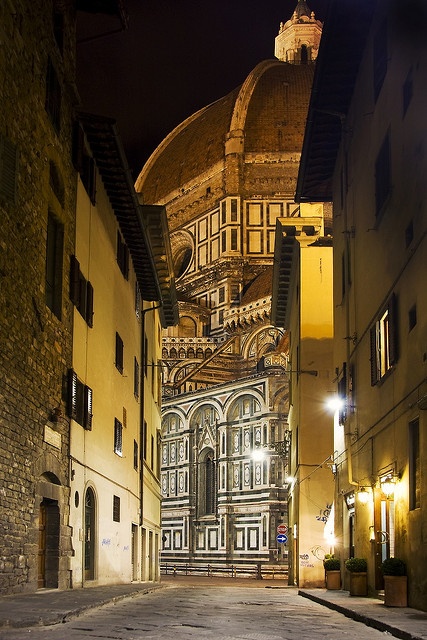

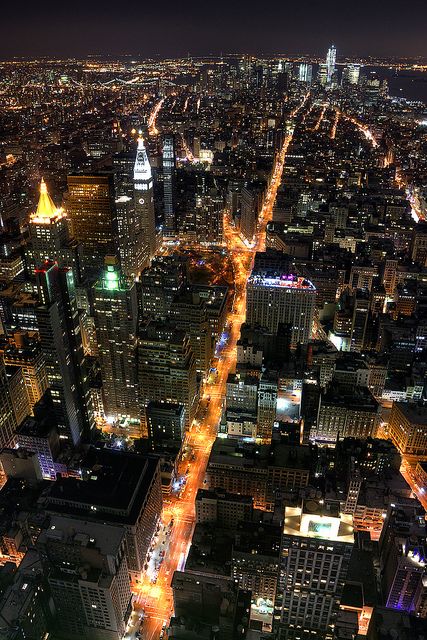

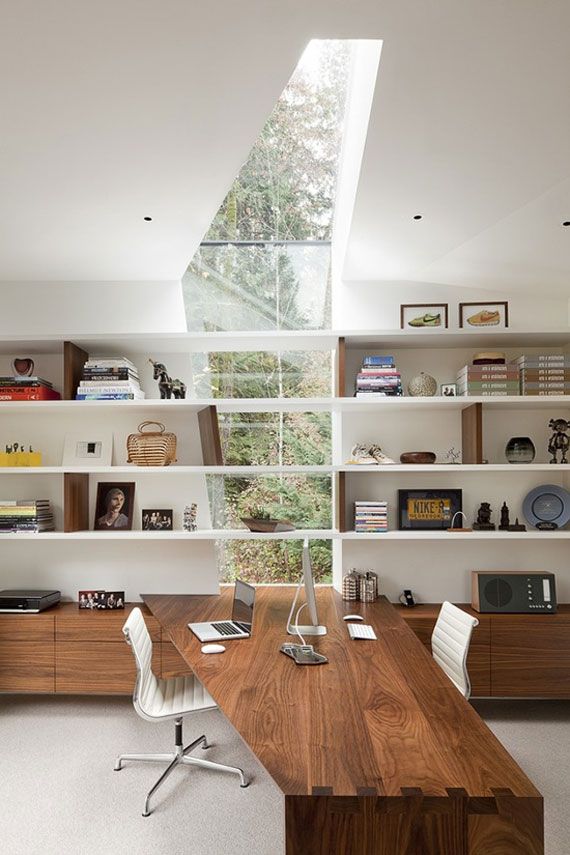



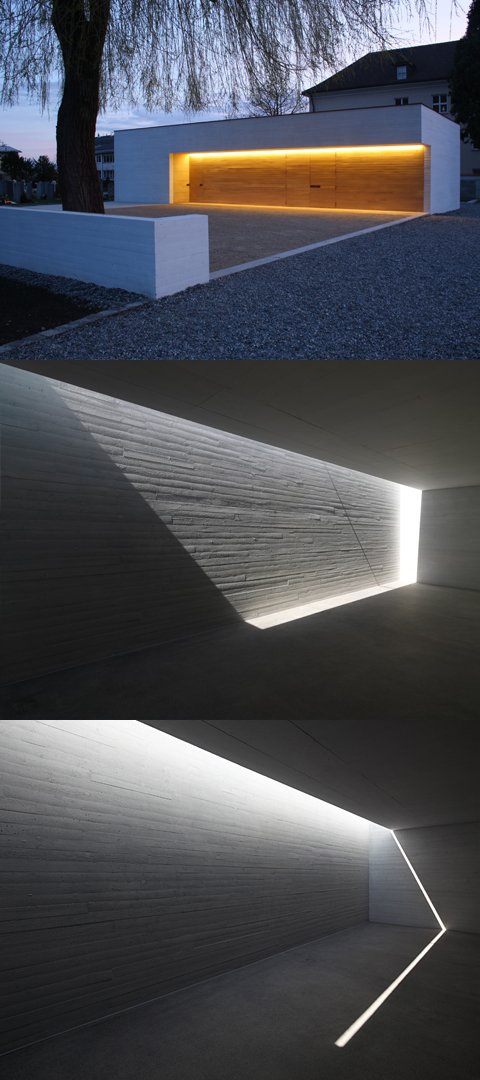

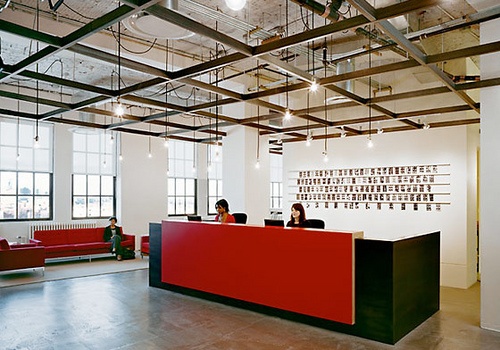
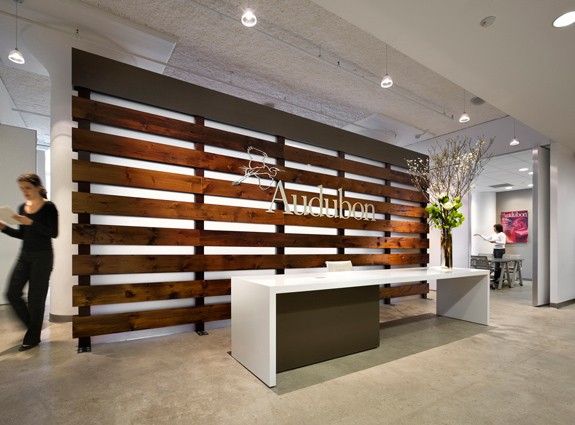

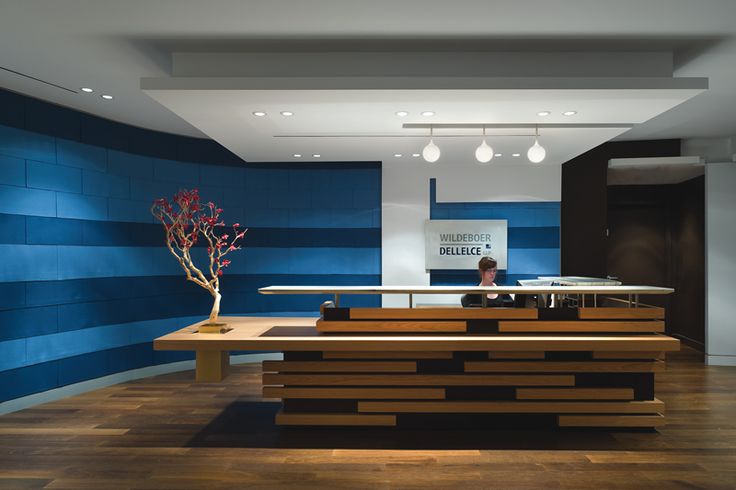
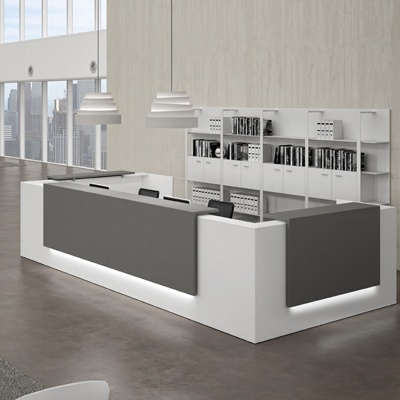
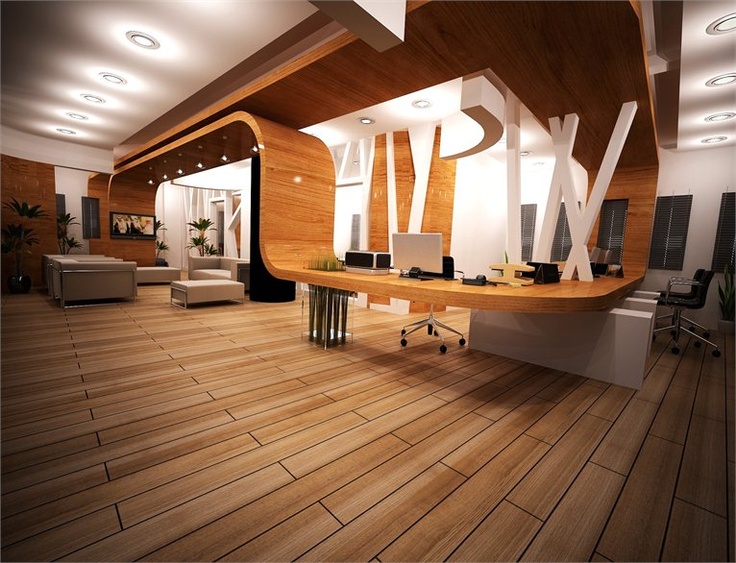
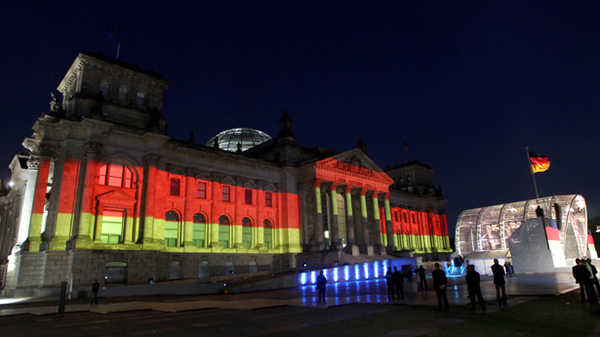
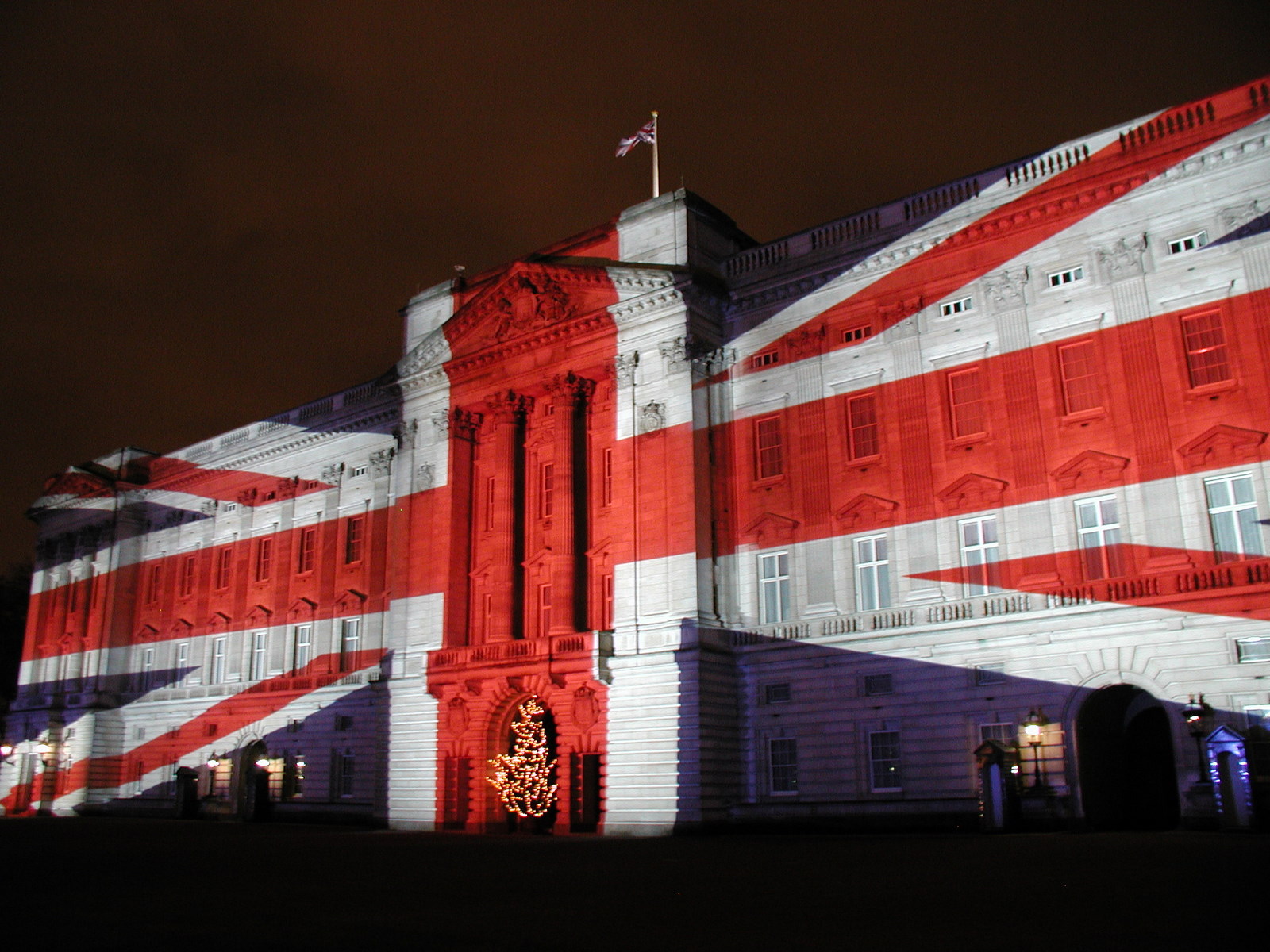
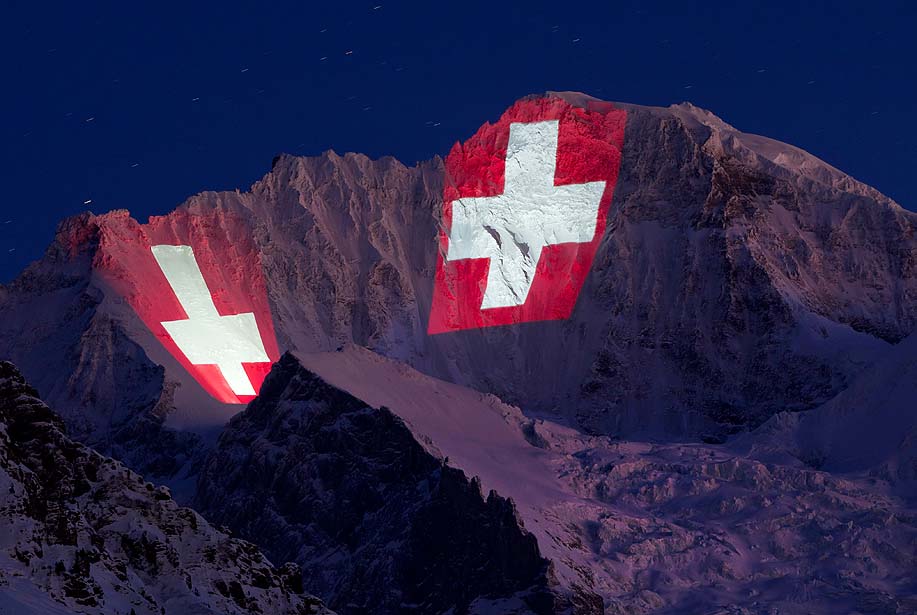
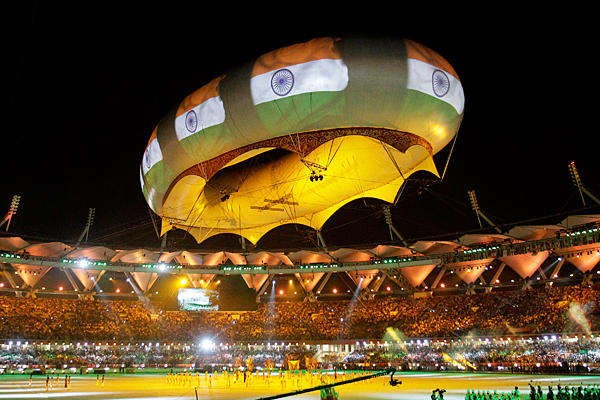

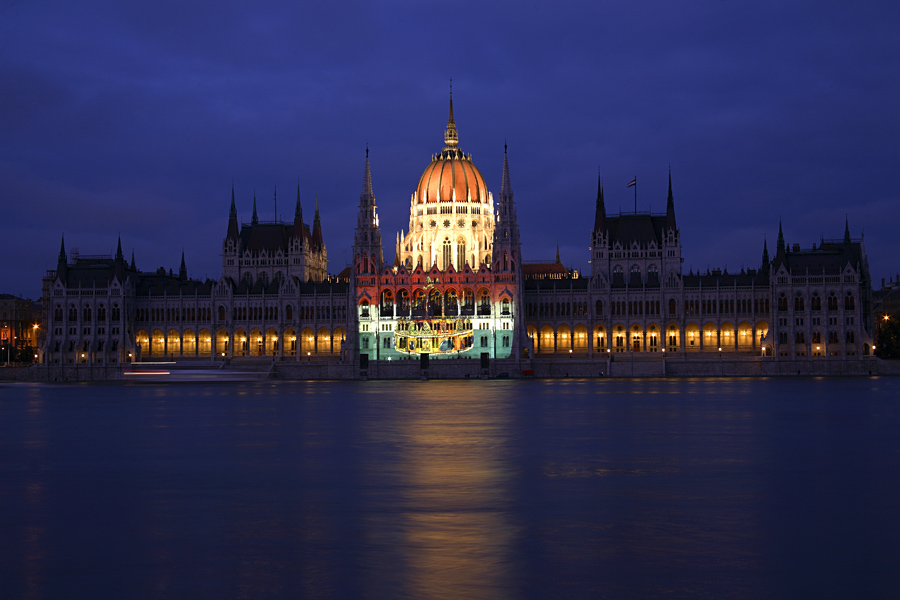
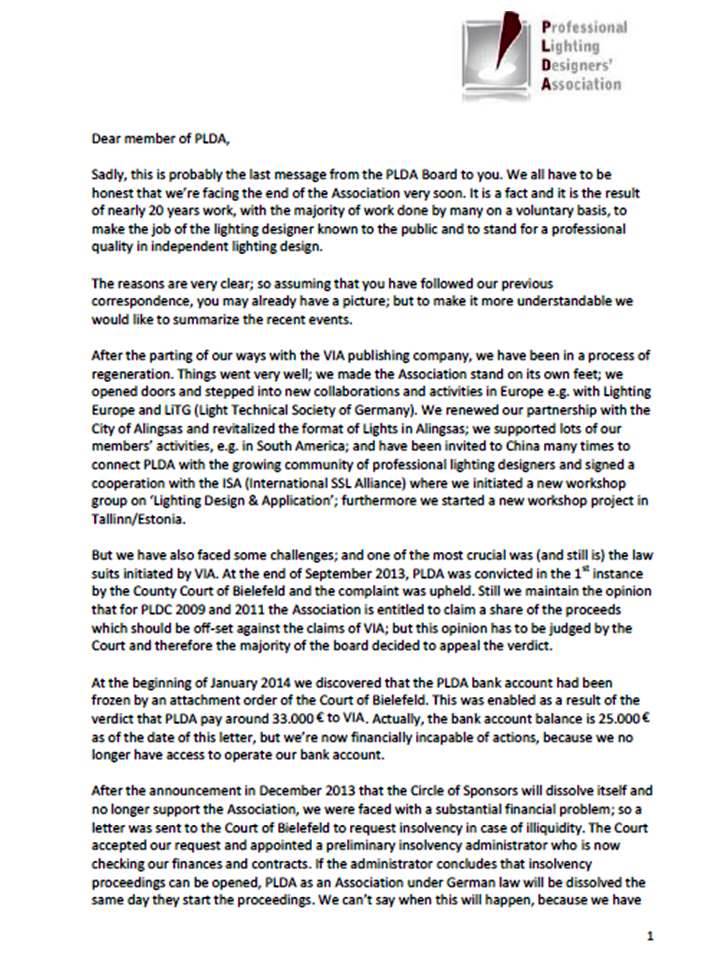


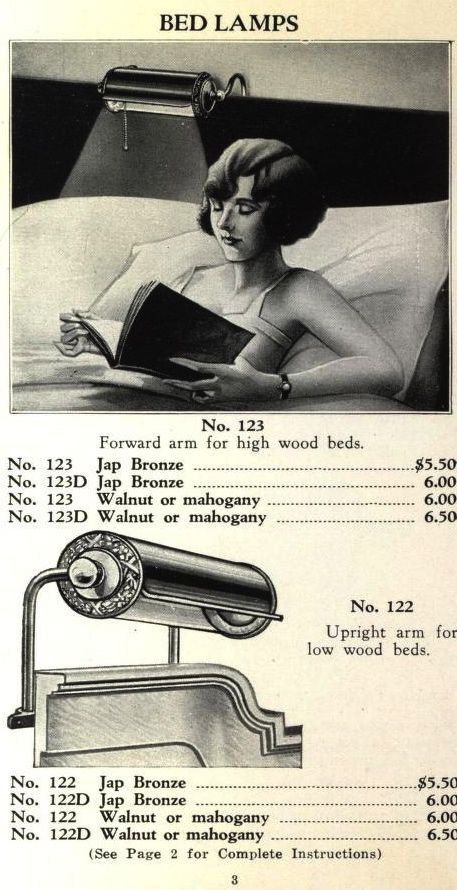
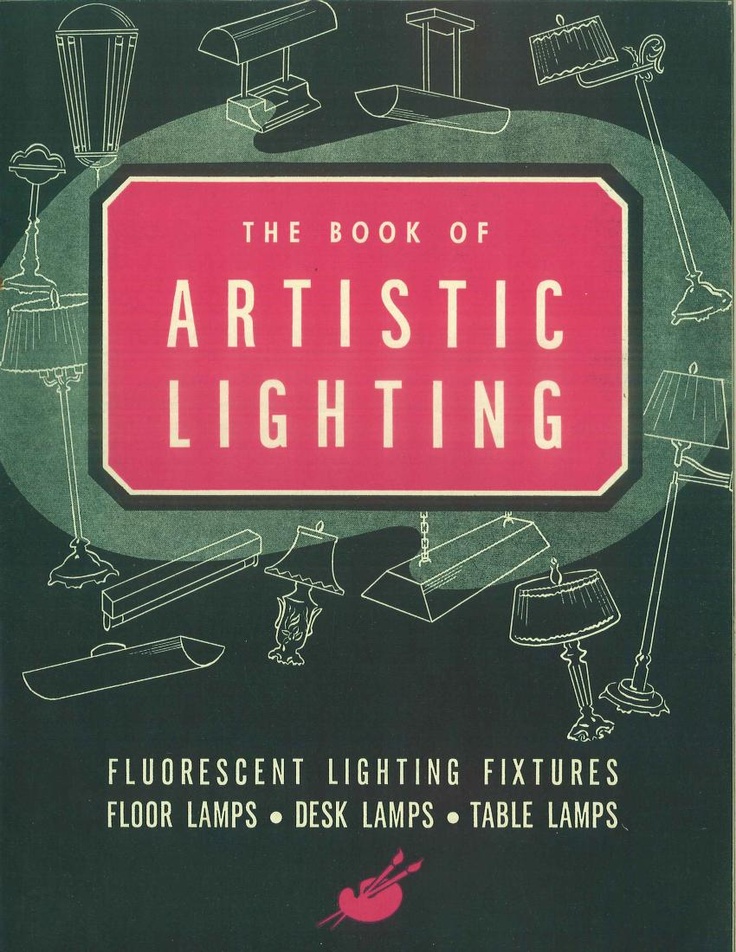
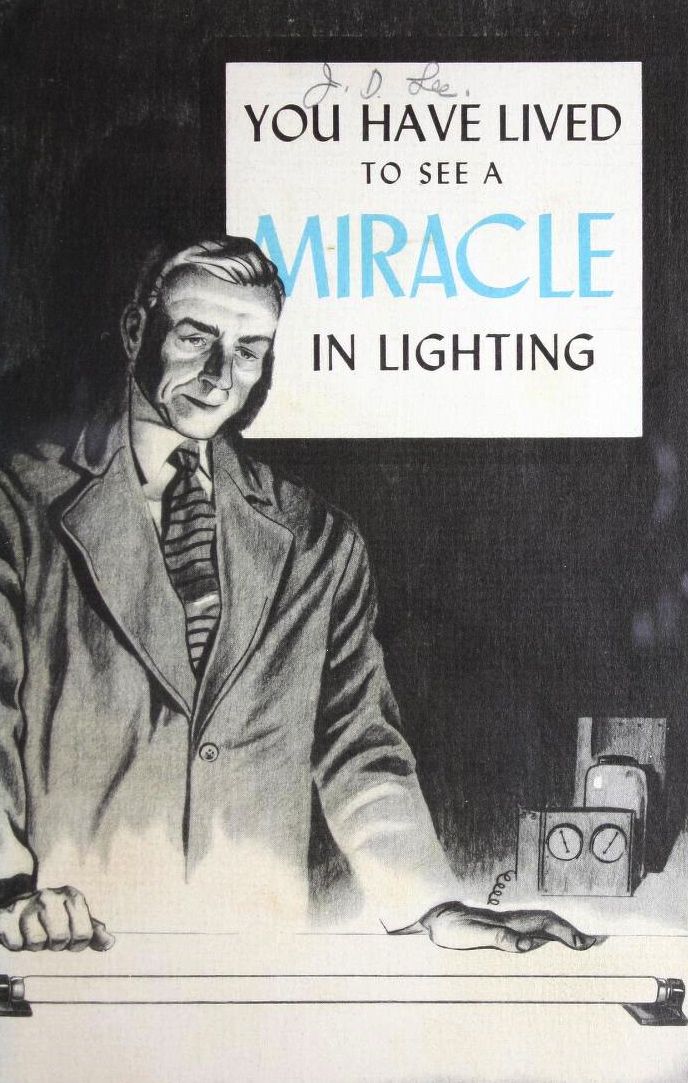
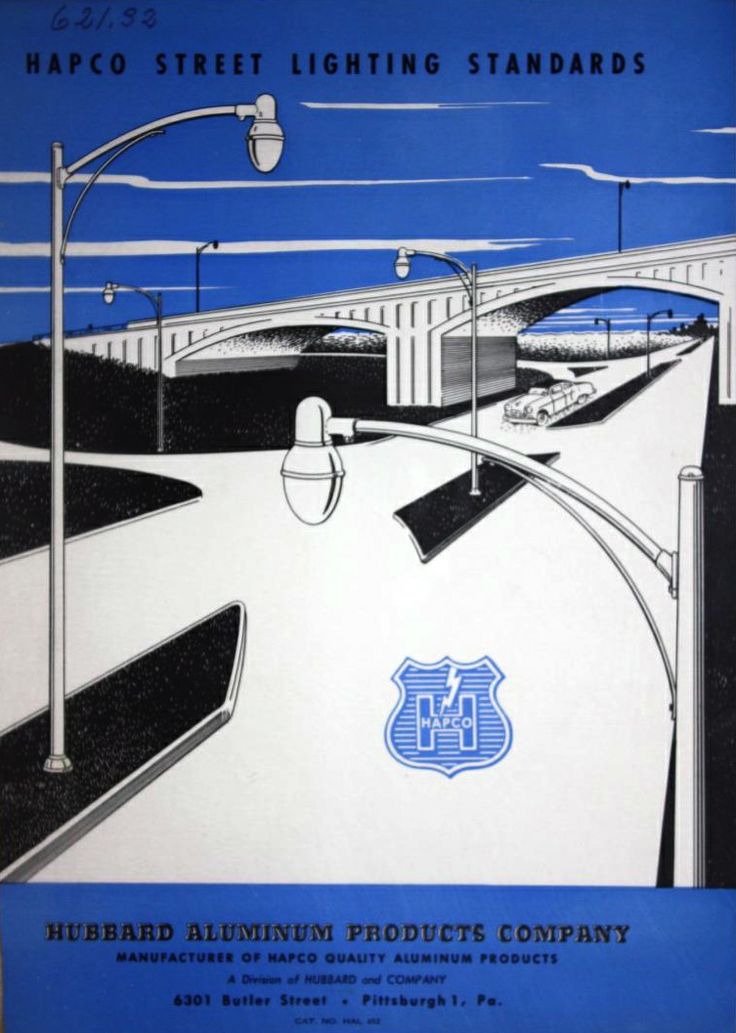

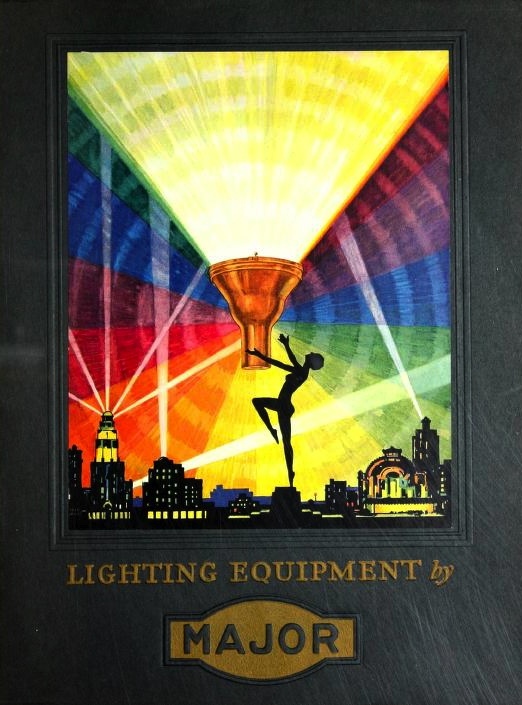
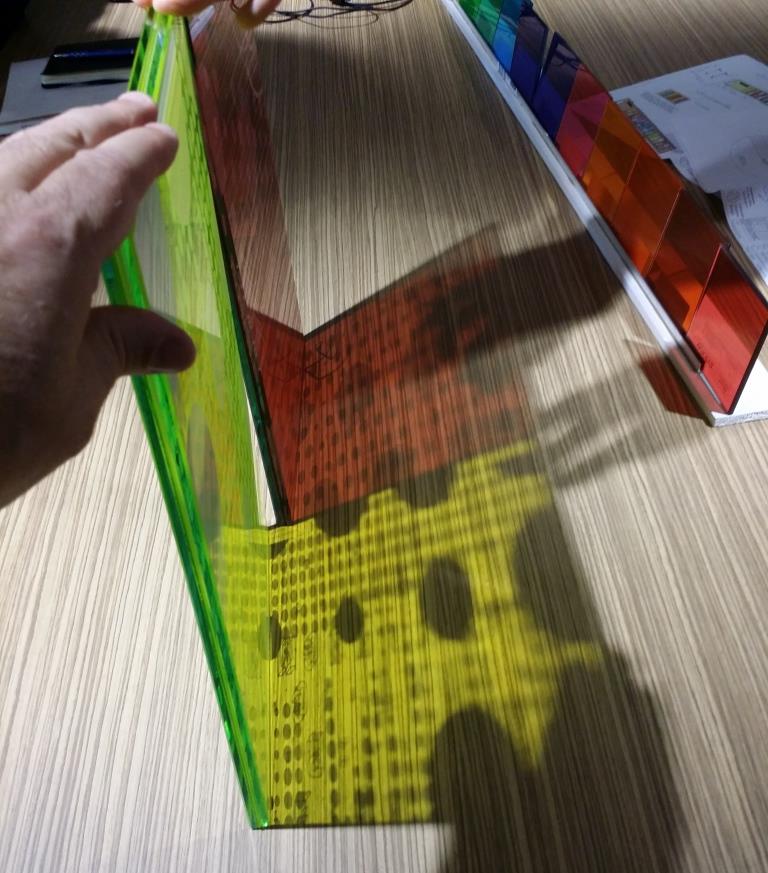
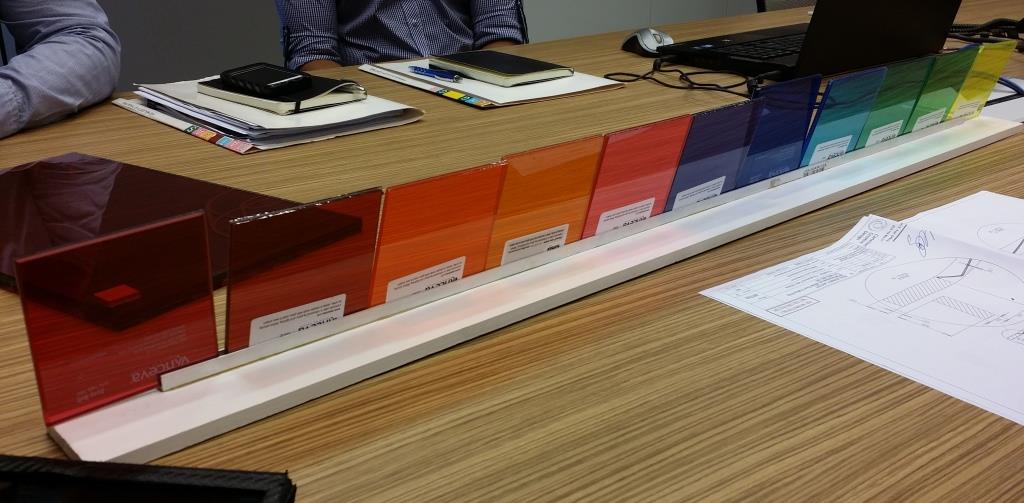
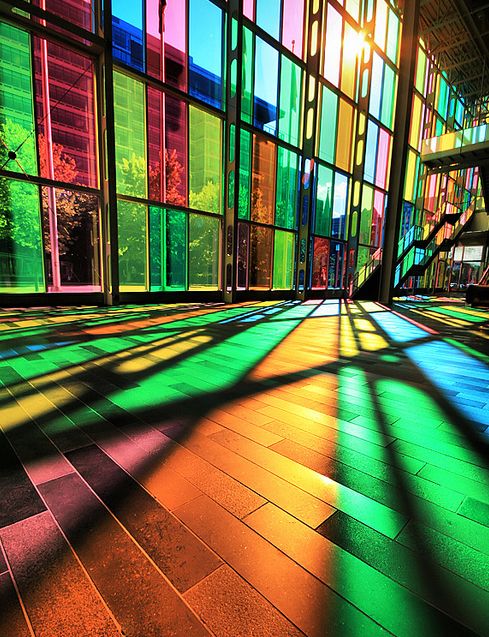

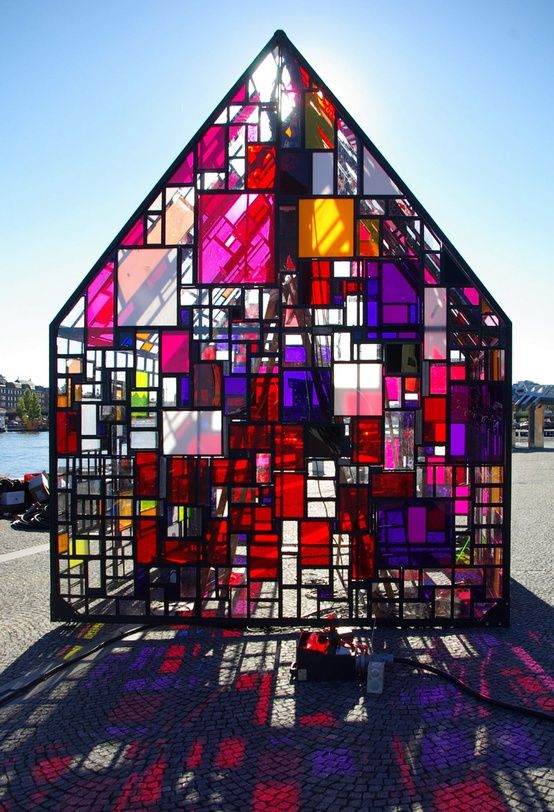
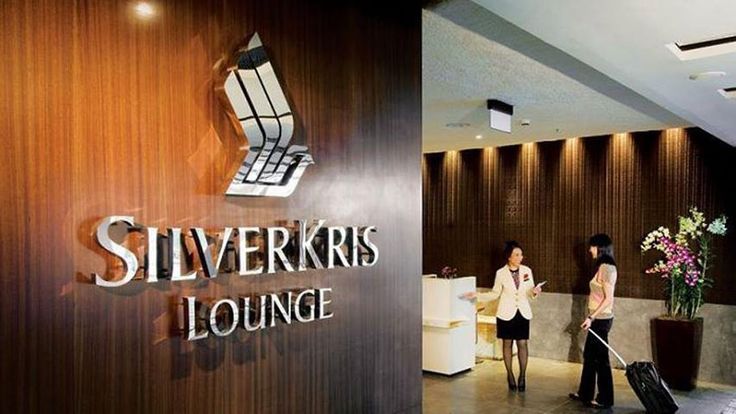
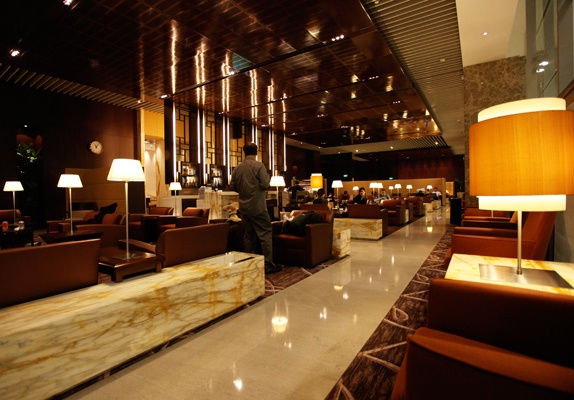
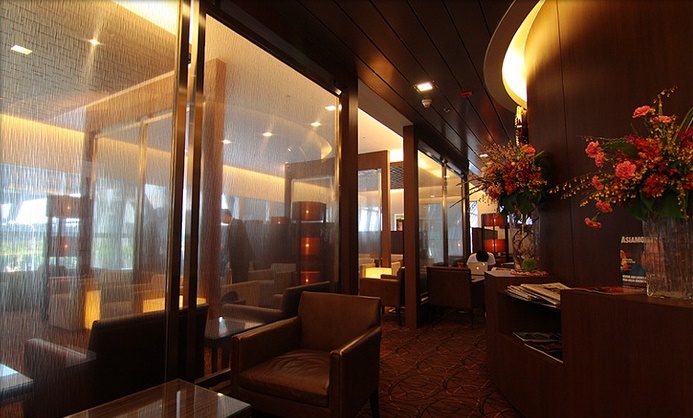
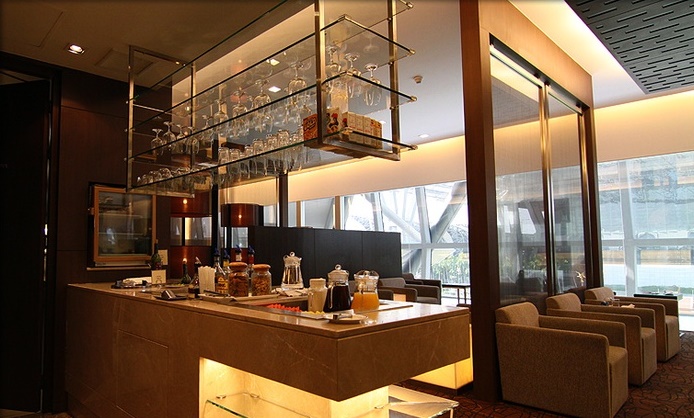
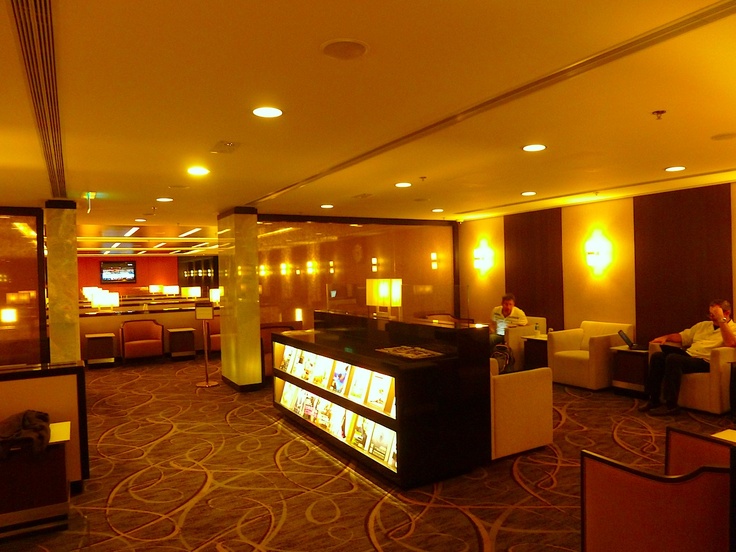
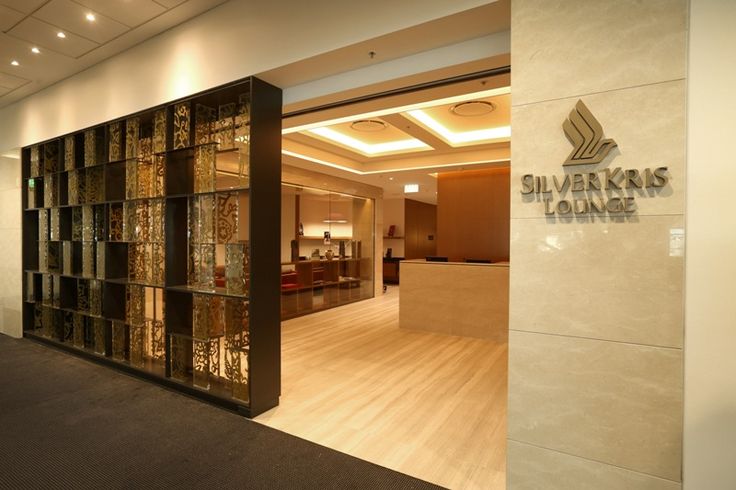

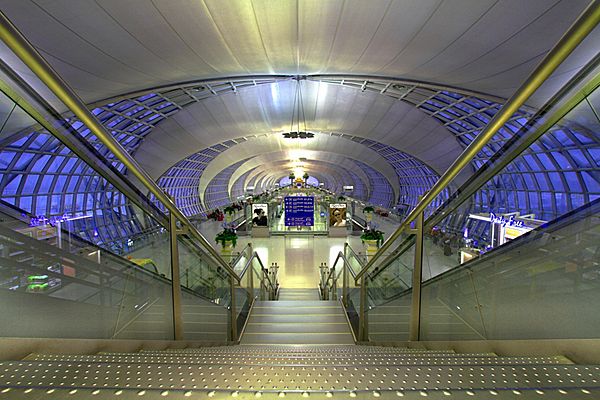

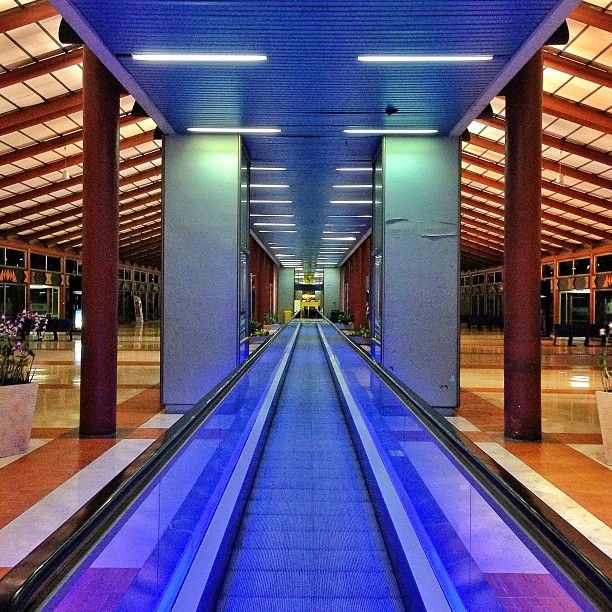
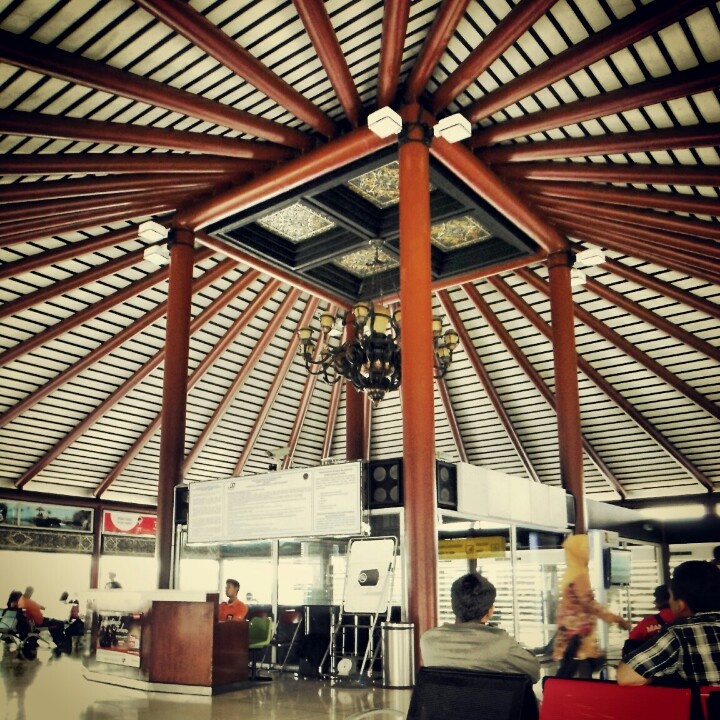
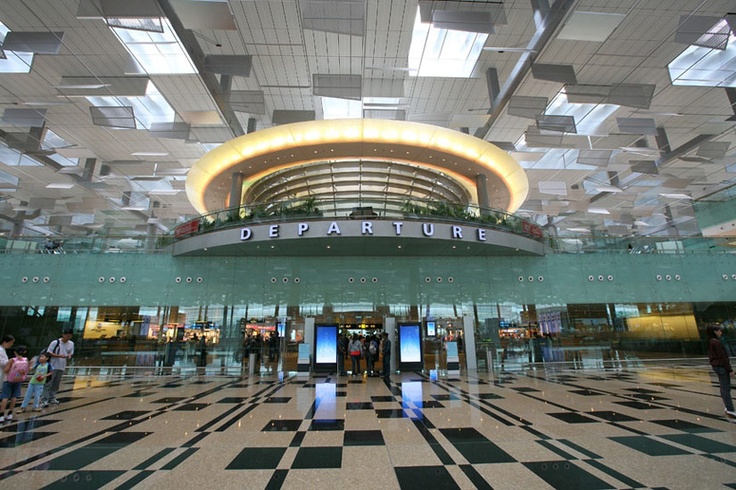
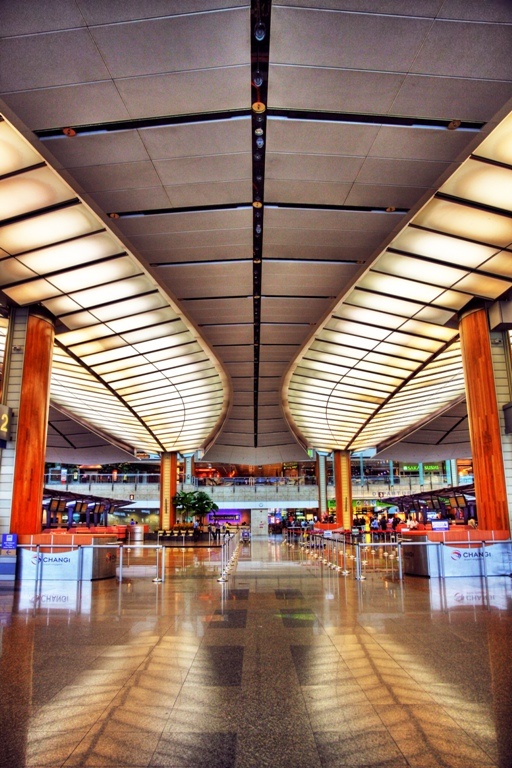
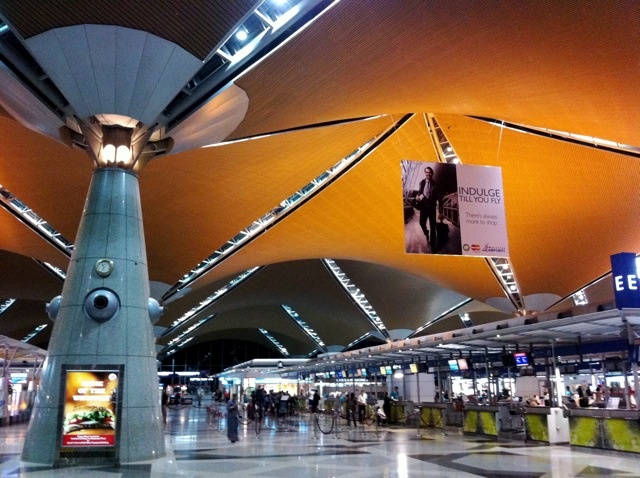

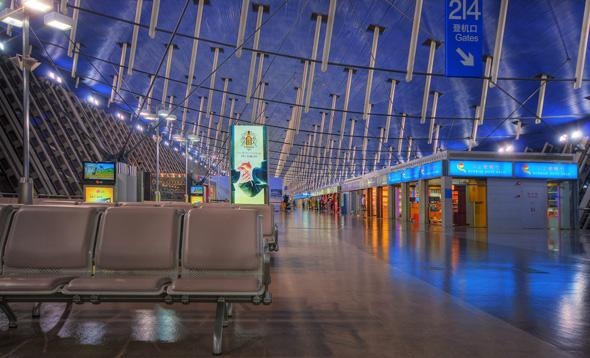

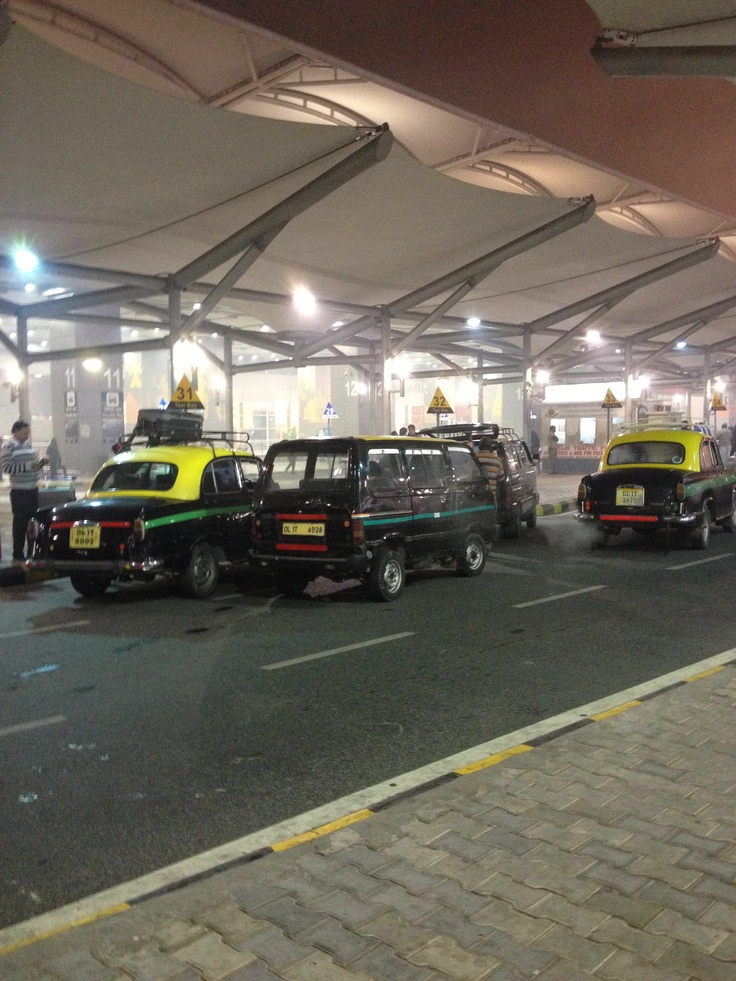
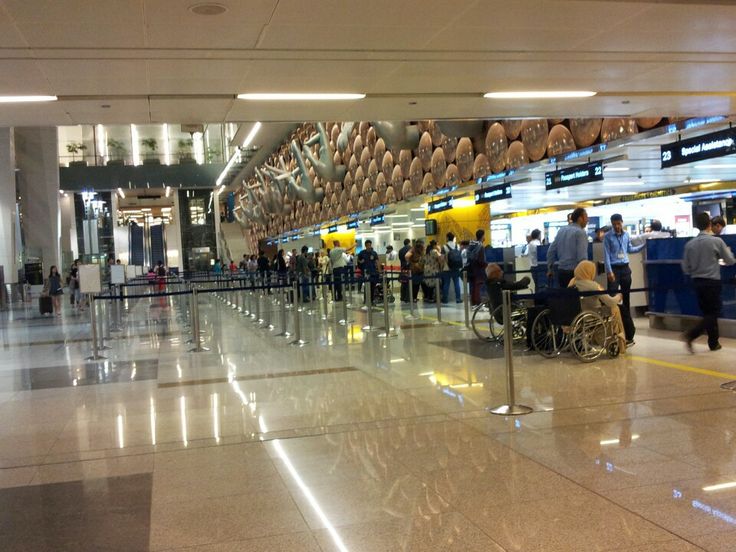
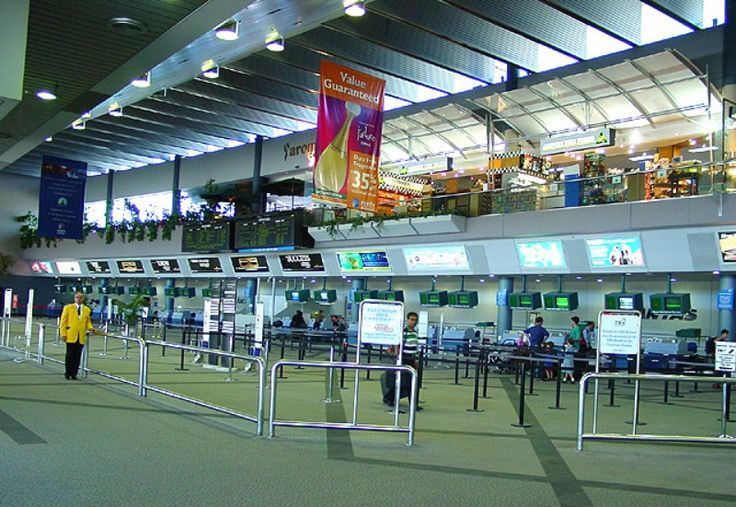

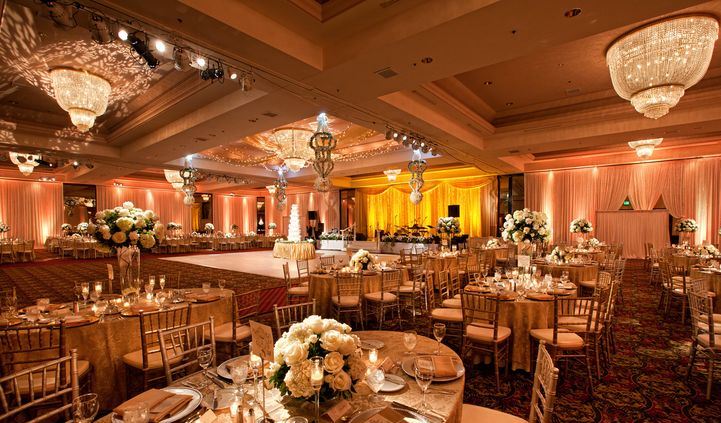
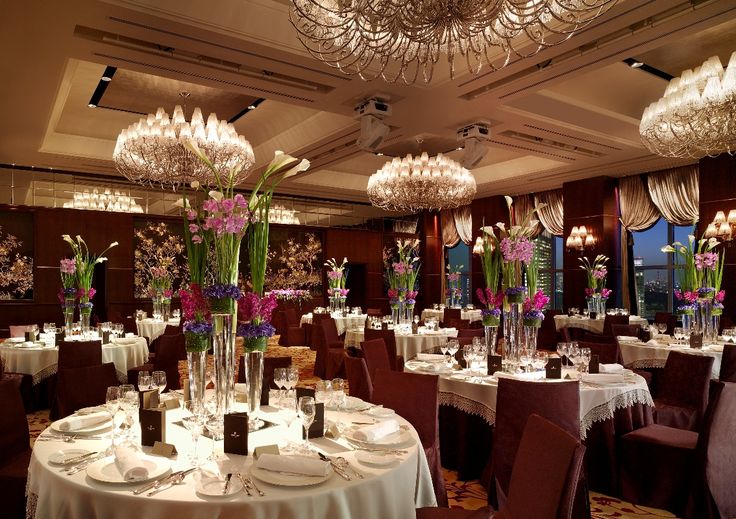
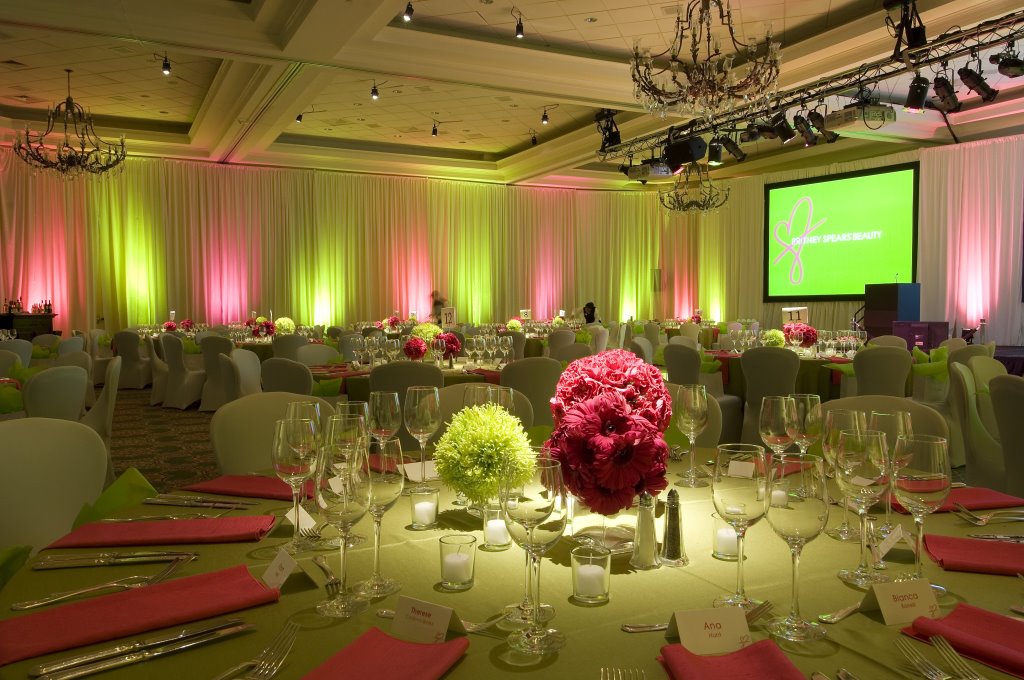
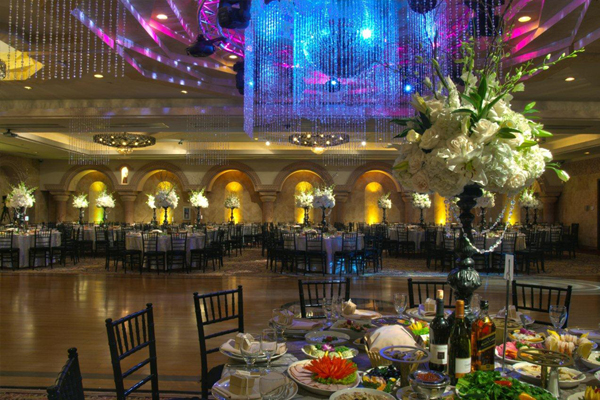
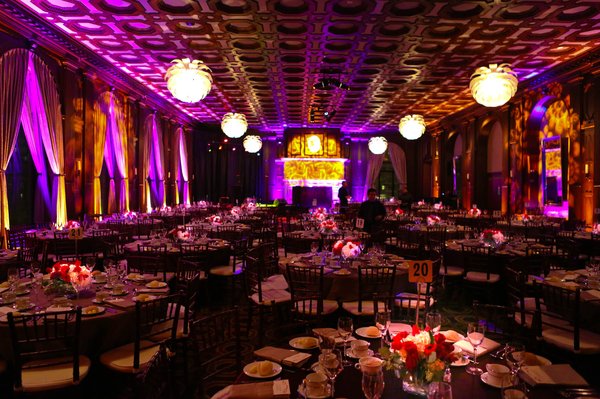

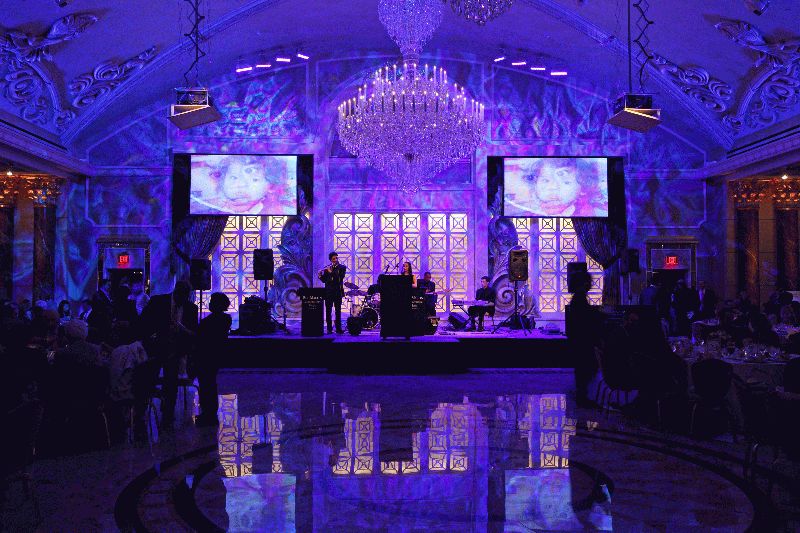
 The long awaited book compilation of Martin's first year of blogging is available. Order now.
The long awaited book compilation of Martin's first year of blogging is available. Order now. Feedspot Top 100 Lighting Blogs
Feedspot Top 100 Lighting Blogs